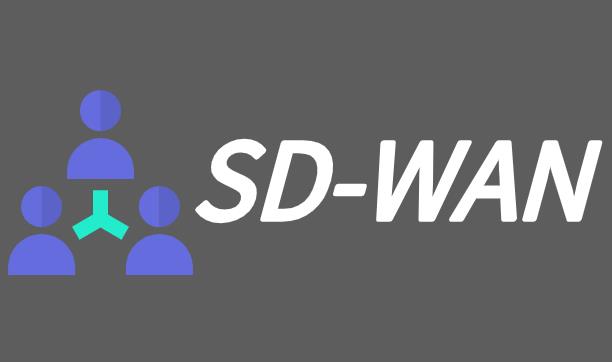Global IT supply chain
International transportation + IT O&M outsourcing + self-owned backbone network
In today’s digital world, the choice of enterprise network connectivity is crucial as it directly impacts the performance, availability, and cost-effectiveness of your business. Traditional network dedicated lines (such as MPLS) and SD-WAN (Software-Defined Wide Area Network) are both common options for enterprise network connectivity, each with its own set of advantages and disadvantages. This article delves into network dedicated lines and SD-WAN to help you decide which one might work better in different scenarios.
(一)Network Dedicated Lines
Network dedicated lines are a traditional method of enterprise network connectivity, typically based on MPLS (Multi-Protocol Label Switching) technology. They possess the following characteristics:
Advantages:
Stability and Reliability: Network dedicated lines offer high-quality connections with low latency and minimal packet loss, making them suitable for applications with strict quality of service (QoS) requirements, such as VoIP and video conferencing.
Security: MPLS networks typically feature high levels of security and can establish virtual private networks (VPNs) over dedicated connections between different office locations.
Suitable for Large Enterprises: Network dedicated lines are often capable of providing stable and scalable connections for large-scale enterprises.
Disadvantages:
High Cost: Network dedicated lines are often associated with high costs, including infrastructure setup and monthly rental fees.
Complex Deployment and Management: Installing, configuring, and managing network dedicated lines typically require specialized knowledge, which can be challenging for smaller businesses.
Limited Availability: In some geographical regions, access to network dedicated lines may be challenging.

(二)SD-WAN
SD-WAN (Software-Defined Wide Area Network) is a next-generation network connectivity technology that provides a more flexible and cost-effective solution for enterprises. It achieves this through software control and virtualization of network functions.
Advantages:
Cost-Effectiveness: Compared to traditional network dedicated lines, SD-WAN typically offers lower operational costs as it can leverage cost-effective internet connections.
Flexibility and Scalability: SD-WAN allows enterprises to easily expand their network connections as needed to accommodate business growth.
Intelligent Traffic Management: SD-WAN can dynamically select the best path based on network performance, ensuring optimal performance and availability for critical applications.
Fault Tolerance: SD-WAN supports multiple paths and automatic failover, enhancing network availability.
Ease of Management: SD-WANprovides a centralized management platform that simplifies configuration, monitoring, and maintenance.
Disadvantages:
Dependency on Internet Connections: While SD-WAN offers flexibility, its performance still relies on the quality of internet connections. In some remote areas, internet connectivity may not be as stable.
Security Challenges: Compared to network dedicated lines, SD-WAN may have lower inherent security. Additional security measures are often required to protect data.
Not Suitable for All Applications: Some applications with extremely high network performance requirements may not be suitable for running on SD-WAN, as they may not achieve the same level of quality as network dedicated lines.
Choosing the Right Solution for You
To determine which connectivity method is better suited to your enterprise, consider the following factors:
Budget: Your budget constraints are a significant factor. If you have budget limitations, SD-WAN might be the more economical choice.
Application Requirements: If your business relies heavily on key applications with stringent network performance requirements, network dedicated lines might be the better fit.
Geographical Location: Your enterprise’s location and the distribution of your offices also play a role. In some regions, access to network dedicated lines may be difficult.
Future Expansion Plans: If you’re planning to expand your business, SD-WAN offers a more flexible network solution to accommodate future growth.
In conclusion, both network dedicated lines and SD-WAN have their own sets of advantages and disadvantages. The choice of solution depends on your specific business needs, budget, and future plans. It’s advisable to consult with network professionals who can provide the best recommendations based on your circumstances. Additionally, some enterprises opt for a hybrid approach, combining both technologies to gain greater flexibility and performance.

International transportation + IT O&M outsourcing + self-owned backbone network

Cellular chips + overseas GPS + global acceleration network

Overseas server room nodes + dedicated lines + global acceleration network

Global acceleration network + self-developed patented technology + easy linking

Global Acceleration Network + Global Multi-Node + Cloud Network Integration


